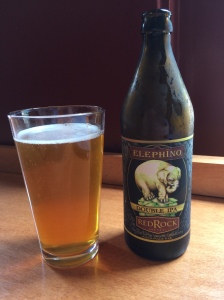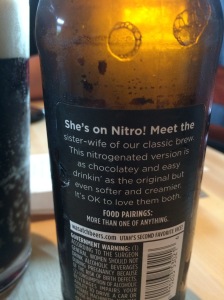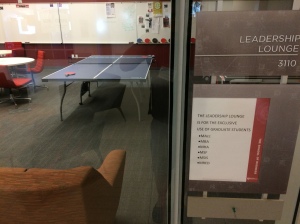(For background on the conference and my time in Utah see my previous updates: Day 1, Day 3, Day 7.)
Week two of three is now officially in the books, and I have exactly seven six days left in Salt Lake. The second week was a little more laid back with a bit less exploring. Instead I spent most of my free time playing basketball at the gym, talking to other participants, and studying. Oh and on Wednesday a couple other Wisconsin grad students and I found a decent bar downtown!!
Friday turned out to be Pioneer Day, which celebrates the arrival of the Mormons in the Salt Lake Valley. According to a local it is bigger than the 4th of July, which based on the number of things that were closed on a Friday just might be true. (As an aside can anyone else think of another local holiday — state or city/town — that is widely observed and results in things shutting down?)
The talks this week focused on derived algebraic geometry, mirror symmetric, tropical geometry and so I was pretty far outside of my comfort zone. Thus, these summaries are going to be a bit shorter than previously. However, here are a few things I found interesting/learned:
- Uniform Bounds on Rational Points (Joseph Rabinoff): Given a curve
over a the rational numbers how many rational points does
have? Of course this question, and many similar questions, have been intensely studied by numerous people over the years. In his talk Joseph Rabinoff, speaking about joint work with Eric Katz and David Zureick-Brow, discussed recent work on this question. In particular, he presented the following really cool theorem:
Theorem (KRZ-B): If
is a smooth curve of genus
over
satifying some additional conditions then:
.
Notice that in this theorem the bound only depends on the genus of the curve, nothing else! The precise statement of their theorem, which is vastly more general can be found in their paper. In the paper they also address a similar question called the Mumford-Manin conjecture. Once again providing uniform bounds for a class of specific curves.
- Generalized Fields (Jacob Lurie): The idea behind recent Breakthrough Prize winner Jacob Lurie’s three plenary lectures is that algebraic topology seems to provide a way to generalize many of the algebraic structures we know and love. To illustrate this concept Jacob spent his lectures focusing on the example of generalized fields. A generalized field is an associative ring spectrum
such that every module over
is free. (A ring spectrum, at least in my mind is a cohomology theory, which spits out rings. Although by Brown Representability you might be supposed to think about this as a sequence of topological spaces. Not really sure on this…) This definition is intended to mimic definition of skew field as an associative ring all of whose modules are free.
One can also transfer other algebraic notions from algebra to algebraic topology; often to surprising results. For example, you can define the characteristic of a generalized field, and instead of there being just two flavors — zero and p — there turns out to be generalized fields of intermediate characteristics. Jacob went on to discuss how one can do other algebraic things over these fields of intermediate characteristic — representation theory & roots of unity — and how the results differ from the results we know over regular fields.
All of this was very interesting and exciting, but did leave me somewhat unsure of whether the analogy between algebra and topology is a deep connection or simply a useful mental crutch for understanding these new ideas. (Possibly both??) That said this almost certainly stems from a lack of understanding on my part. Regardless his talks were extremely enjoyable and down to Earth. I would high recommend them if only as a glimpse to a new area of math that seems to potentially have a lot of promise. You can find his slides here, and videos of the talks should be posted shortly.
Tom Bridgeland also gave a series of excellent talks on stability conditions, but I am not sure I understood them quite well enough to write about. So if you’re interested check out his slides and video when posted.
PS: The afternoon talks are hosted in the business school, and on Friday I found something called the “Leadership Lounge” which appears to be a lounge for business (grad) students complete with multiple ping pong tables and a foozball table.
I am starting to think the lives of a math grad student and a business grad student are very different… (Also what exactly makes a lounge “leadership”?)





One thought on “2015 AG Institute in Utah: Day 14”